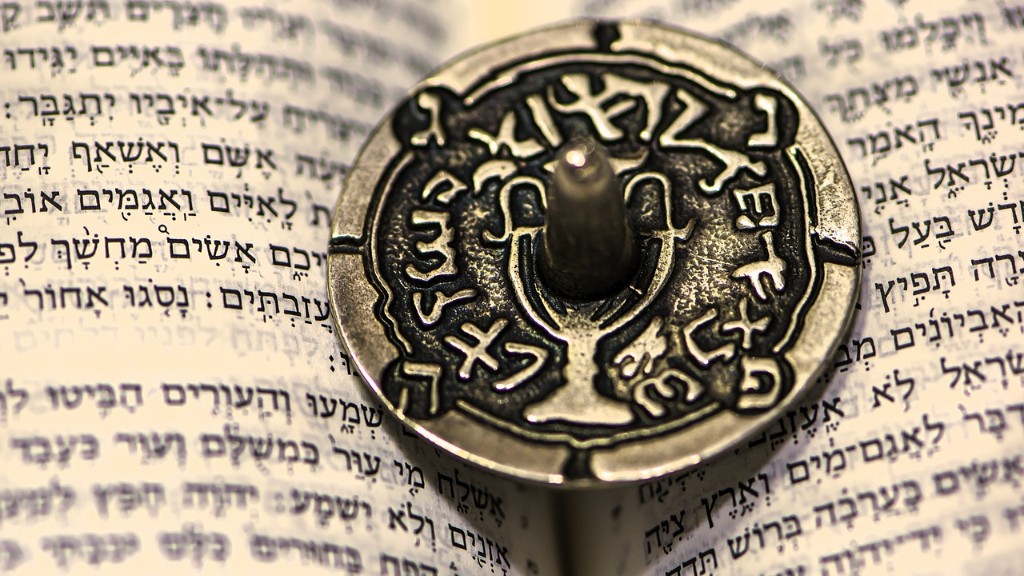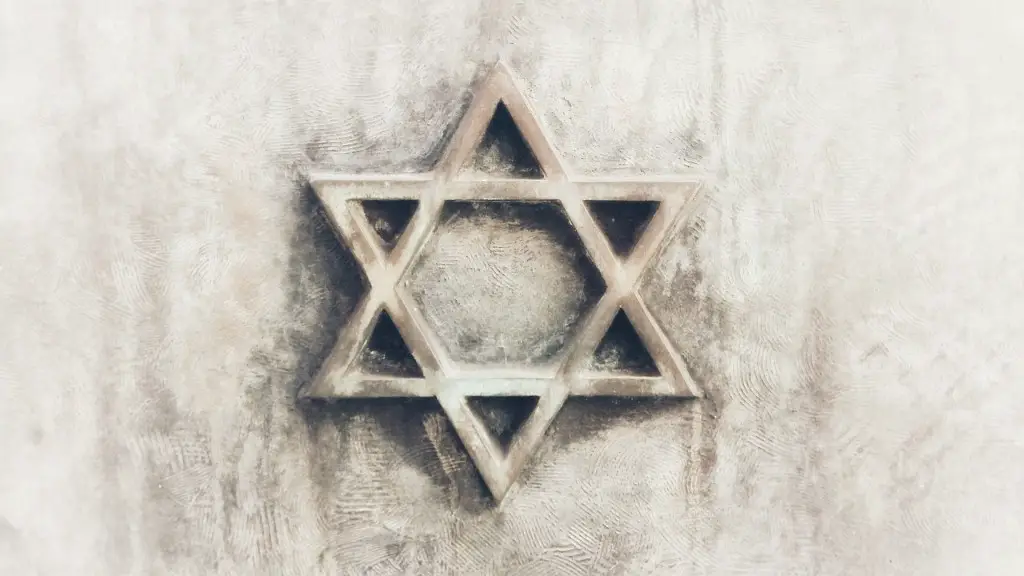Judaism is one of the world’s oldest religions and many of its traditions have found longevity in modern faith practices. To the Jewish people, one of the most revered and important holy buildings is the synagogue. It is here that congregants congregate to study the Torah, pray, and worship as a unified community.
Essentially, a synagogue is a Jewish religious house of worship. It is where Jewish individuals come together to celebrate religious services, life events, and festivals. It serves as a central site for religious, educational, and cultural activities in the Jewish faith. It fulfils both religious and social functions, and it is normally led by a Rabbi.
Traditionally, a synagogue would often contain a bema. This is an elevated platform where the Rabbi and lead Cantor would stand. It is also a place where Communal reading of the Torah scroll, sermons, and prayer services are conducted. Depending on the congregation, there may also be a chuppah, a canopy on the prayer platform, which is symbolic of a wedding canopy.
Synagogues range greatly in size ranging from a large and established congregation to a smaller but still highly active Jewish centre. Synagogues can also range greatly in style and design due to cultural and regional differences. Some are designed to exude grandeur and boast beautiful ornate architecture, symbols, and pageantry. While others are simplified and relaxed. Each synagogue reflects the community, customs, and history of its members.
The other two main buildings in Judaism and of great importance are the home and the Temple. The former is the most important place of worship and activity in Judaism, where family and friends get together to observe traditional holidays, celebrate events, and pray. The latter, however, was the most important and holy place of worship in ancient Judaism although the majority of Jewish people today no longer have access to the building due to its destruction by the Romans in 70CE.
The Temple was located in Jerusalem and contained the Holy of Holies, or Kodesh Hakodashim, the innermost chamber in which God dwelled on Earth. It was considered the holiest site in Jerusalem, both as a religious and a political center. It was the site of many important events in Jewish life, from the ancient and constant offering of sacrifices to the celebration of the festivals.
In addition, there was a Temple Courtyard, or azara. This is open space where actual sacrifices were performed, and it’s where Jews would go to learn Torah, hear sermons, and pray. The Rabbi and the courtyards would also be the place where a variety of public services, including sacrifices, occurred and where social events, such as weddings and other feast days, took place.
The third holy building in Judaism is the mikvah. It is a communal bathhouse and is considered the most important ritual bath in Jewish tradition. It is to be used for proper purification before taking part in religious rites. Going to the mikvah is seen as a spiritual journey, an immersion of body and soul, and a symbol of renewal. It can also be used for special ceremonies, as it symbolizes the covenant between God and his people.
Communal Activities within Jewish Religious Buildings
Throughout Jewish history, there have been many religious activities that take place within Jewish religious buildings. These activities reflect the values and beliefs of the Jewish faith and its adherents. One of the primary activities is communal prayer, which takes place in synagogues and other places of worship. Praying serves many functions, including expressing gratitude, singing praises to God, and expressing individual intentions to God. It is also believed to bring peace and unity to the community.
Study and instruction are also important activities that occur in synagogues. Torah classes, study groups, lectures, and other forms of learning are commonly found in Jewish places of worship. These activities help to educate members of the Jewish community about Jewish history, beliefs, values, and customs.
The celebration of holidays are important within Jewish religious buildings. Many holidays are celebrated in synagogues and other places of worship, such as Shabbat and the High Holidays of Rosh Hashanah and Yom Kippur. These holidays bolster interactions within the community and the days are filled with special food, prayer, and festivities.
In addition to communal prayer, study, instruction, and celebrations of holidays, other traditional Jewish practices occur in Jewish religious buildings. These activities range from the Bar and Bat Mitzvah ceremonies to various weddings, funerals, and rituals. These activities provide an opportunity for Jewish individuals and communities to express their faith and heritage.
The Spiritual Significance of Jewish Religious Buildings
At the heart of the spiritual significance of Jewish religious buildings lies the essence of connection. Synagogues, temples, and the mikvah serve as the focal points of individual and communal prayer, worship, rituals, and study. Through these activities, individuals and the community can come together in unity, prayer, and joy.
The spiritual significance of these buildings lies in the understanding that these places bring people one step closer to fulfilling the spiritual experiences of prayer, study and connecting with others. By taking part in the various activities offered in religious buildings, individuals can seek to better understand their relationship with God, to grow as a person and to improve the relationship between each person and their neighbor.
Just as important as the spiritual connections made within a religious building, the architecture of a synagogue, temple, or mikvah emphasizes the profound importance of the spiritual significance and connection of Jews to their faith. These images, symbols, and design of these buildings have a deep spiritual, religious, and cultural significance, and are a reminder of the rich tradition and beliefs of the Jewish faith.
Role of a Rabbi, Cantor and Congregation
Within Jewish religious buildings, there are often certain authority figures who play a significant role in religious proceedings. The chief rabbi serves as the spiritual leader and teacher of the congregation. He is responsible for leading services and educating his congregants in understanding the Torah and the customs of the faith. The cantor is responsible for leading the musical elements of services. He is responsible for teaching traditional prayer melodies, chanting blessings, and teaching Torah in a musical way.
In addition to the Rabbi and Cantor, the congregation is responsible for ensuring the spiritual practices and traditions of the Jewish faith are upheld. Congregants are responsible for worshipping, learning and living within the values of the religion. They are also responsible for uplifting and inspiring one another to continue to practice the faith, and to support one another throughout life.
Modern Practices within Judaism Related to Religious Buildings
Modern practices within Judaism related to religious buildings have shifted and evolved over the years in accordance with the developments that have occurred to the faith. Today, there are more progressive and non-traditional forms of Judaica, such as Progressive Judaism, Humanistic Judaism, and Religious Zionism.
The modern Jewish faith also encompasses a global aspect which sees the inclusion of Jewish communities located in different countries throughout the world, who are united by a common faith. Many of these communities endure unique challenges due to religious intolerance, discrimination, and persecution.
In addition, the modern Jewish faith observes egalitarian practices. This is where men, women, and children all have equal rights and can take part in religious proceedings. Equality between male and female is seen as an important part of the modern Jewish faith, and is reflected in the synagogue, Temple, and mikvah building.
The Continued Relevance of Synagogues, Temples and the Mikvah
Although the spiritual significance of a mikvah, synagogue, and Temple are prized within the Jewish faith, its relevance has changed over the course of history. It is no longer the case that Jewish individuals rely on these places of worship as a source of physical sustenance and protection as in ancient times. Instead, these religious buildings are places of spiritual sustenance and connection.
Rather than a site of persecution, suffering and disease, they are now places of shelter, education, prayer, celebration, and contemplation. They are important places where the message of Judaism is communicated and where customs and beliefs are shared between one another. It is through the synagogue, Temple, and mikvah that Jewish individuals can meet, communicate and grow spiritually, and it is through these religious buildings that knowledge and understanding in the faith is passed onto new generations.
Modern Challenges Faced by Jewishplaces of Worship
Despite the importance placed on religious buildings within Judaism, there have been some challenges that have arisen in recent years. In many countries, there have been issues of intolerance, discrimination, and violence directed at Jews as well as their sacred buildings. In addition, religious buildings also often face financial struggles, as the cost of upkeep and maintenance can be difficult for struggling congregations.
The modern Jewish faith is also very diverse in denomination, practice, and beliefs, which can lead to the formation of multiple Jewish centers or branches for a single congregation. This can be seen as a positive factor, as it allows for an expansion of religious offerings into different areas, but it can also make it difficult to provide a unified religious experience to its congregants. As a result, there may be divisions among members in regards to religious beliefs and practices.
Conclusion: A Place of Spiritual Significance
For the Jewish people, a synagogue, a Temple, and a mikvah are places of great spiritual significance. Although there have been some challenges in recent years, these religious buildings have largely remained an integral part of the faith, providing a place of spiritual refuge, unity, and communal understanding. It is within these places of worship that the beliefs and values of Judaism can be kept alive, and the traditions and customs of the faith can be carried on for generations to come.

